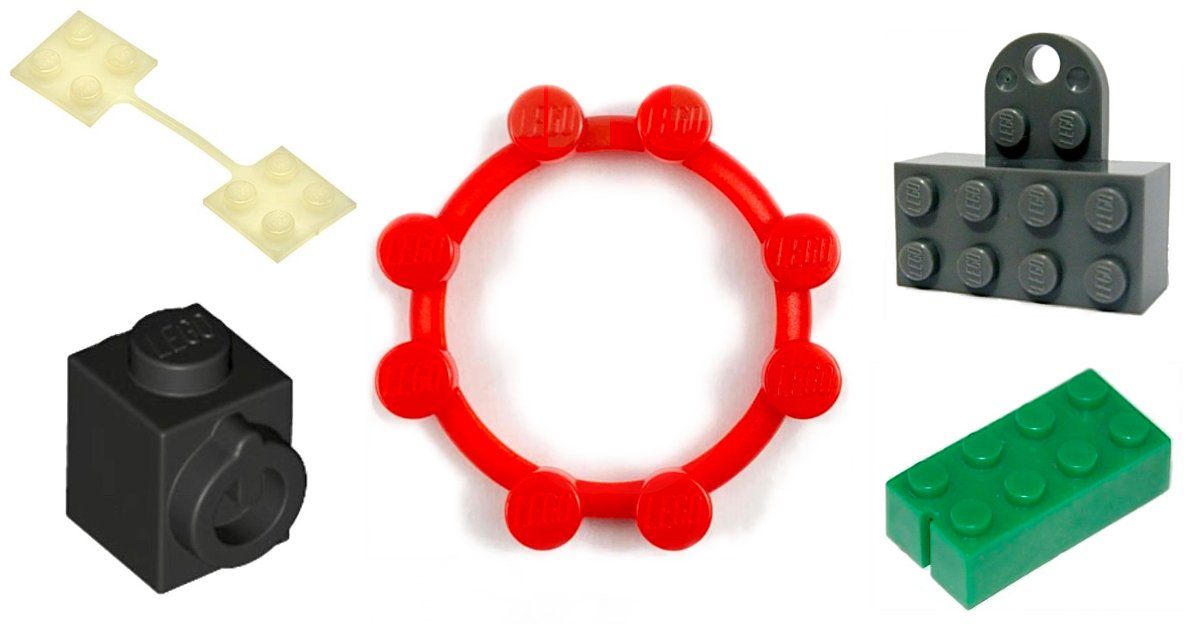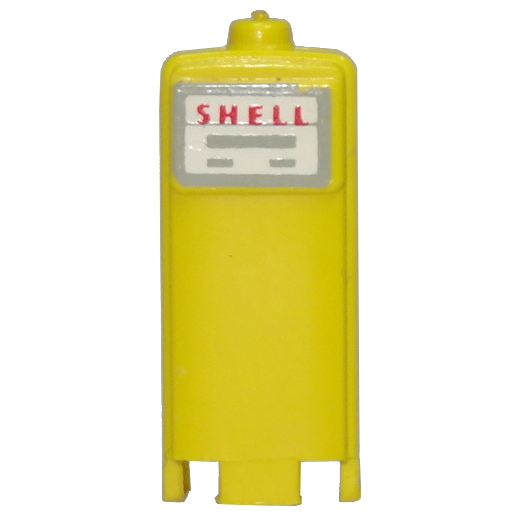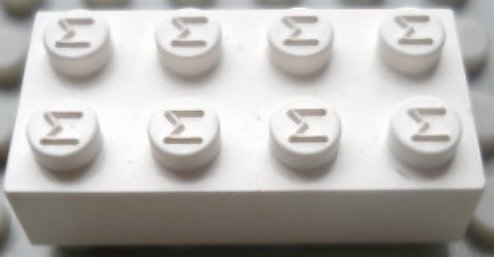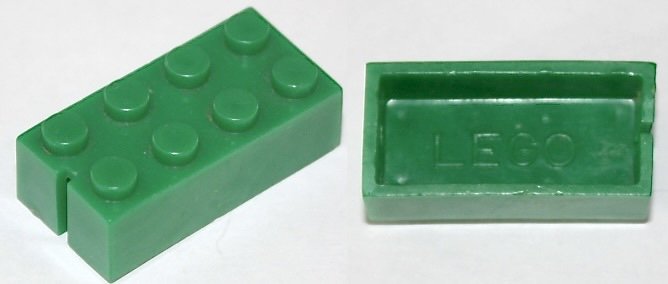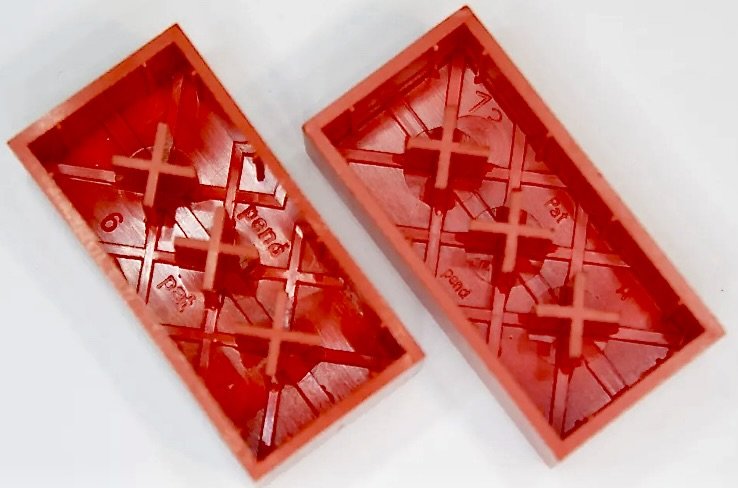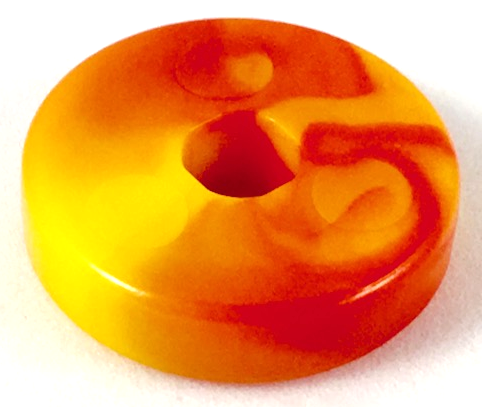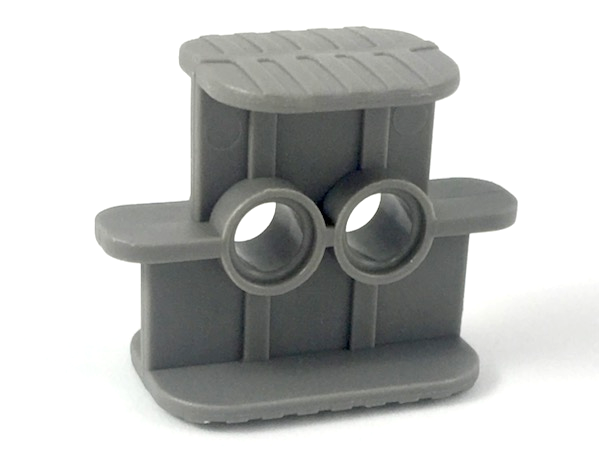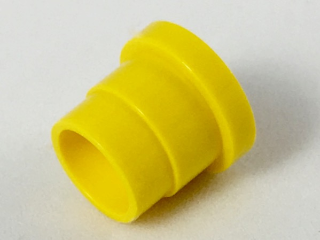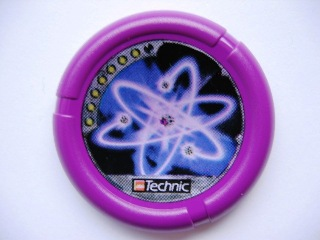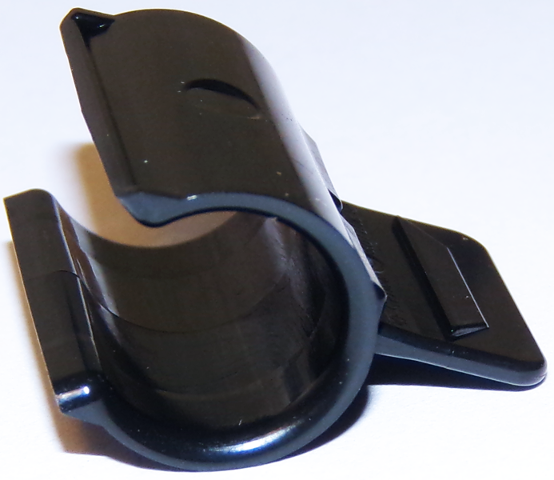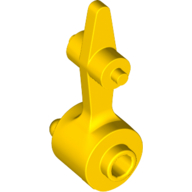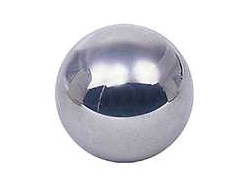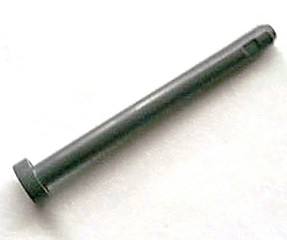What is This!? Hard to Identify LEGO Parts
/Identifying individual LEGO parts from bulk second-hand purchases can be challenging. Some people want to know if a part is a genuine LEGO piece or they might want to know what sets they may have in a bulk lot or they may wish to identify or put their minifigures back together.
It is worth noting that, including colour variations, there are over 70,000 different LEGO elements and some of those parts have not been available in a very long time. With this consideration, your everyday LEGO fan may struggle to identify and recognise some LEGO parts.
How to Identify a LEGO Part
When trying to identify LEGO parts, a great place to start is to check if the part has the LEGO logo. Most modern LEGO parts feature the logo in some capacity. However, despite the adamant claims of some LEGO fans, not all parts have the logo, and many seasoned LEGO fans have stories of disposing of rare or obscure elements believing the lack of a logo ensured they were not genuine LEGO. I nearly threw out a vintage HO scale petrol pump before I realised it was a genuine LEGO part.
There are many tools available to help LEGO fans identify a LEGO part. Google Lens is a useful tool for the more common parts, but it is reasonably useless for most things LEGO-related. Goatleg and FigureItOut both help one search for minifigs on BrickLink with the latter also able to search for decorated elements. Instabrick is another scanning and identification system. BrickLink and Rebrickable are also useful tools when identifying sets in which a specific part can be found - especially if you have the part number from the piece itself. Overall, though, if you are really stuck, you can rely on the help of fellow LEGO fans, either in your local LUG or through Facebook groups such as Identify My LEGO Minifigures, Parts, and Pieces.
In the 7+ years that I have been a member of Identify My LEGO Minifigures, Parts and Pieces, I have noticed a definite trend when it comes to the most commonly asked about LEGO parts. These parts all appear for identification on a regular basis and continue to confuse anyone sorting loose bulk lots of various LEGO bricks. Here, in no particular order, are some of those parts with links on the images to their BrickLink catalog entry.
This covers all types of the LEGO watch bezel, but mostly refers to the one with studs. These are easy to identify as being a LEGO part due to the presence of the logo but are hard to locate in the BrickLink catalog as the obvious descriptors (such as round) are not included in the catalog entry.
Made of nylon rather than ABS, this vintage piece has the LEGO logo but is structurally different from modern LEGO pieces in that it lacks the standard tube design underneath. The part is designed to connect a vehicle to a trailer and is connected underneath the bricks of the model. As with a baseplate, the underside is not designed to connect to regular LEGO parts. It comes in three colours, though the milky white version is most common.
“I have these tiny LEGO bricks. They have the LEGO logo, so I know they are real but I can’t make them connect to regular bricks.” This is a common lament when someone first encounters Modulex parts. Modulex was designed to be used by architects and, later, as a signage system. It’s a lot smaller than regular LEGO and doesn’t connect to system bricks. Later versions feature the letter “M” rather than the LEGO logo.
Finger Puppets & Basic Figs
The finger puppet figures appeared in Basic boxes and tubs from 1981-1992. They have a large head, which often has them confused for Duplo figures, and a hollow torso. Sometimes dismissed as not being LEGO parts because they don’t look like modern Duplo or LEGO figures.
The Basic figures look like someone took the finger puppet head and added it to the Fabuland body. Only released in 1986, these are also commonly incorrectly dismissed as not being LEGO due to their variation from the standard minifigure.
The 2 x 4 magnet brick looks a bit like part 4748 “Brick Modified 2x4 with coupling, female” except the underside of the brick is solid and contains a magnet and the modified section is at the back of the brick rather than the front. Available in a variety of colours, these bricks were part of minifigure magnet sets from 2009-2017 and can be found in the BrickLink catalog by searching under “magnet”.
Ultra Agents Conductive Brick
At first glance, these look like a simple SNOT brick, 87087 “Brick, Modified 1 x 1 with Stud on Side”. On closer inspection, one can see that it’s not a stud but rather a weirdly shaped design representing the “on” symbol. This is the conductive part of the brick and it was used to unlock parts of the Ultra Agents App game.
Bionicle & Constraction Parts
Bionicle was not only an incredibly popular theme, but it also introduced a wide range of new parts not previously seen in LEGO sets. It was ground-breaking and even today the theme has many fans who remember it fondly. At the other end of the spectrum, there are many people who are not familiar with the Bionicle theme and its large variety of parts. Without prior experience with the theme, all of the parts can be equally hard to identify. Some say if you have a part you can’t identify, then it’s probably Bionicle or Fabuland.
4 Juniors Figures (Jack Stone Era)
Larger than regular figures and with rounded feet, these are easily dismissed as belonging to a different building block brand. Fortunately, they are marked with the LEGO logo and mostly have the distinctive yellow skin tone of a traditional minifigure. Available from 2001 to 2004, The LEGO Group released over 50 figures of this style which includes pirates, Spider-man, construction workers, aviators and the infamous, Jack Stone.
Fabuland
Before the Bionicle theme was created, Fabuland probably had the honour of being the group of parts that caused the most confusion. With large wall elements, anthropomorphic animals, and over-sized accessories, it is challenging to recognise these as being part of “regular” LEGO sets. Released between 1979 and 1989, Fabuland was designed to bridge the gap between Duplo and System LEGO sets. It features many parts in basic, primary colours, but is also known for its use of colours unique to the theme.
Other Worthy Mentions
Vintage Parts
vintage brick with slot
Vintage parts can be confusing, especially the ones made of Cellulose Acetate (CA) as they have a different feel and sheen. Very early LEGO bricks did not feature the underside tubes we expect in modern bricks and some had side slots for adding windows and doors.
Minitalia and oLo Bricks
Minitalia and oLo bricks were made by the LEGO Group for the Italian and Japanese markets, respectively. They are popular amongst collectors of 2x4 bricks as they are considered to be variants of regular LEGO bricks. They both have closed hollow studs on top and mostly feature the cross/x pattern underneath instead of the regular tubes. oLo bricks also have what looks like the letter K inside their studs. Lacking the regular LEGO logo, they are easily dismissed as a non-LEGO product. Minitalia parts can be found in the BrickLink catalog.
samsonite era brick with non-aligned logo
Samsonite-Era Bricks
In the 1960s and early 1970s, Samsonite produced LEGO products in America. For the most part, these are indistinguishable from regular LEGO parts, however, there were some quality control issues at one point and it is quite common to find the odd brick where the logos are not aligned. These are not fake LEGO bricks, just Samsonite-era bricks.
Other Hard to Identify LEGO Elements
We asked our other BrickNerd contributors what LEGO pieces they remember having a hard time identifying. These are a few that came to mind with links to each BrickLink entry.
Hopefully this guide will be useful as you sort through any bulk LEGO lots and encounter pieces you are unfamiliar with. The next time a friend asks you “What is this!?” you’ll know exactly what it is!
Have you ever struggled to identify a LEGO part? What tools do you use to assist you? Have you ever thrown out something you later learn really was a LEGO element? Let’s continue the conversation in the comments.
Best of BrickNerd - Article originally published September 9, 2022.
What pieces do you think are hard to identify? Let us know in the comments below.
Do you want to help BrickNerd continue publishing articles like this one? Become a top patron like Charlie Stephens, Marc & Liz Puleo, Paige Mueller, Rob Klingberg from Brickstuff, John & Joshua Hanlon from Beyond the Brick, Megan Lum, Andy Price, Lukas Kurth from StoneWars, Wayne Tyler, Monica Innis, Dan Church, and Roxanne Baxter to show your support, get early access, exclusive swag and more.

